What Is an Etching Primer?
Learn what a self-etching primer is and when you can use it
Whenever you need to paint an object or a surface made of metal or fiberglass, your first goal is to ensure the paint will adhere to this material appropriately. However, everyone who has ever tried to paint over metal knows how tricky this material can be! What shall you do then? Your only solution is to use a self-etching primer before you start painting.
In this article, you will find more information on this subject. First of all, we will tell you what a self-etching primer is; also, you will learn when to use an etching primer and what distinctions it has compared to regular primers.
And finally, we will provide you with detailed instructions on how to apply this kind of primer correctly to achieve the ideal coverage!
What Is Self-Etching Primer?
First of all, what is a self-etching primer? And then, what does self-etching primer do? Self-etching primer is a type of primer designed for metal and fiberglass specifically. Typically, this type of primer contains such components as phosphoric acid and zinc.
Once you apply the primer to the metal or fiberglass surface, those components etch the surface. As a result, the fiberglass or metal becomes a rougher surface, making paint adhesion much better.
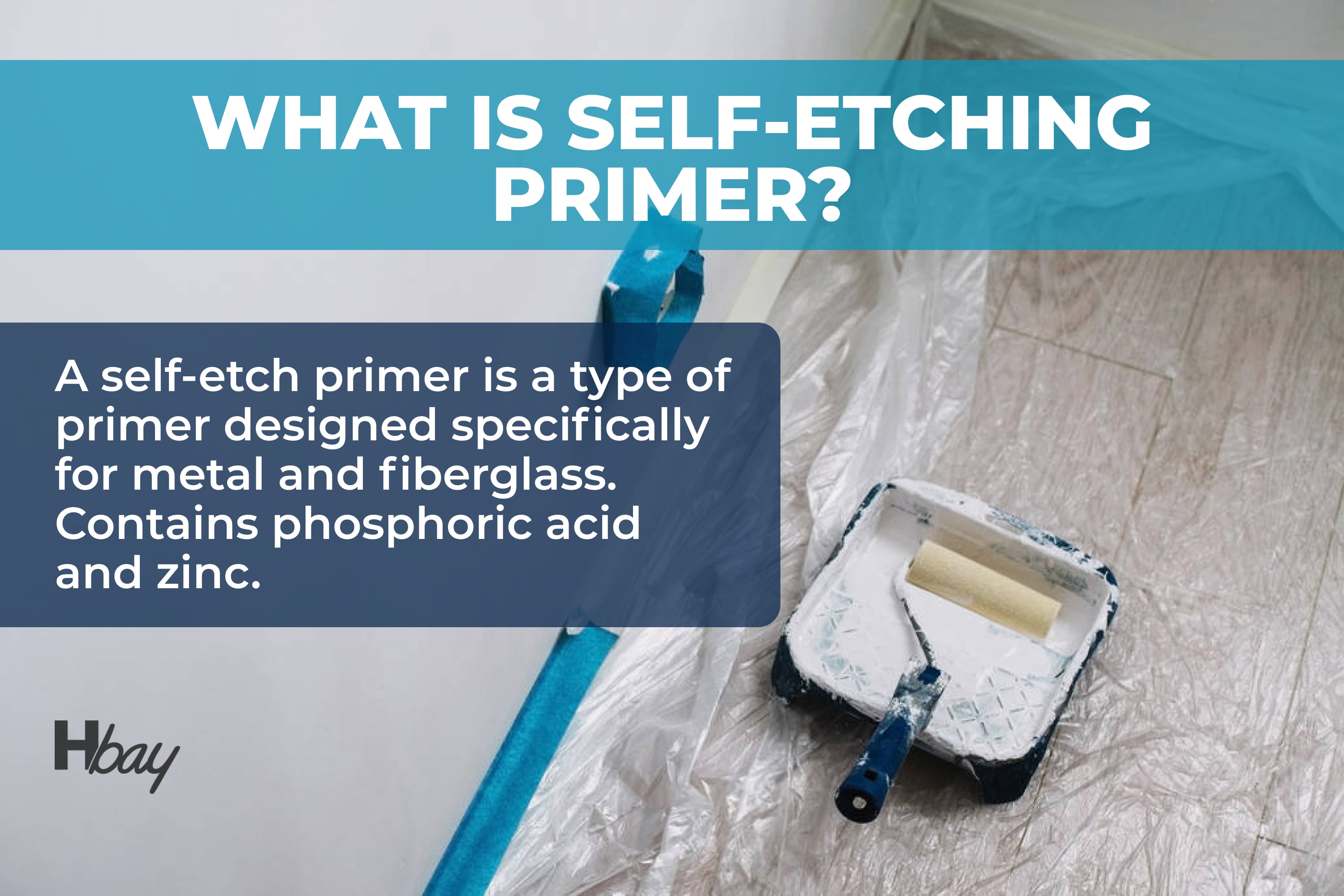
housekeepingbay.com
In some cases, self-etching primer can also be used to prime the surface for painting. Specific versions of this product protect the underlying material and prevent damage, corrosion, and oxidation. Thus, a suitable surface for painting is provided.
However, not all self-etching primers can be used for creating a protective coating. Some self-etching primers are less effective at shielding the underlying material. If this is the case, you may simply use such primers as a base coat for another primer that comes with better protection capabilities.
The main benefit of using a self-etching primer is that you can typically avoid a sanding phase when you are going through a painting project. The etching capability of the primer makes sanding unnecessary in most cases since the primer gives you a clean and easy-to-work-on surface for either primer or paint.
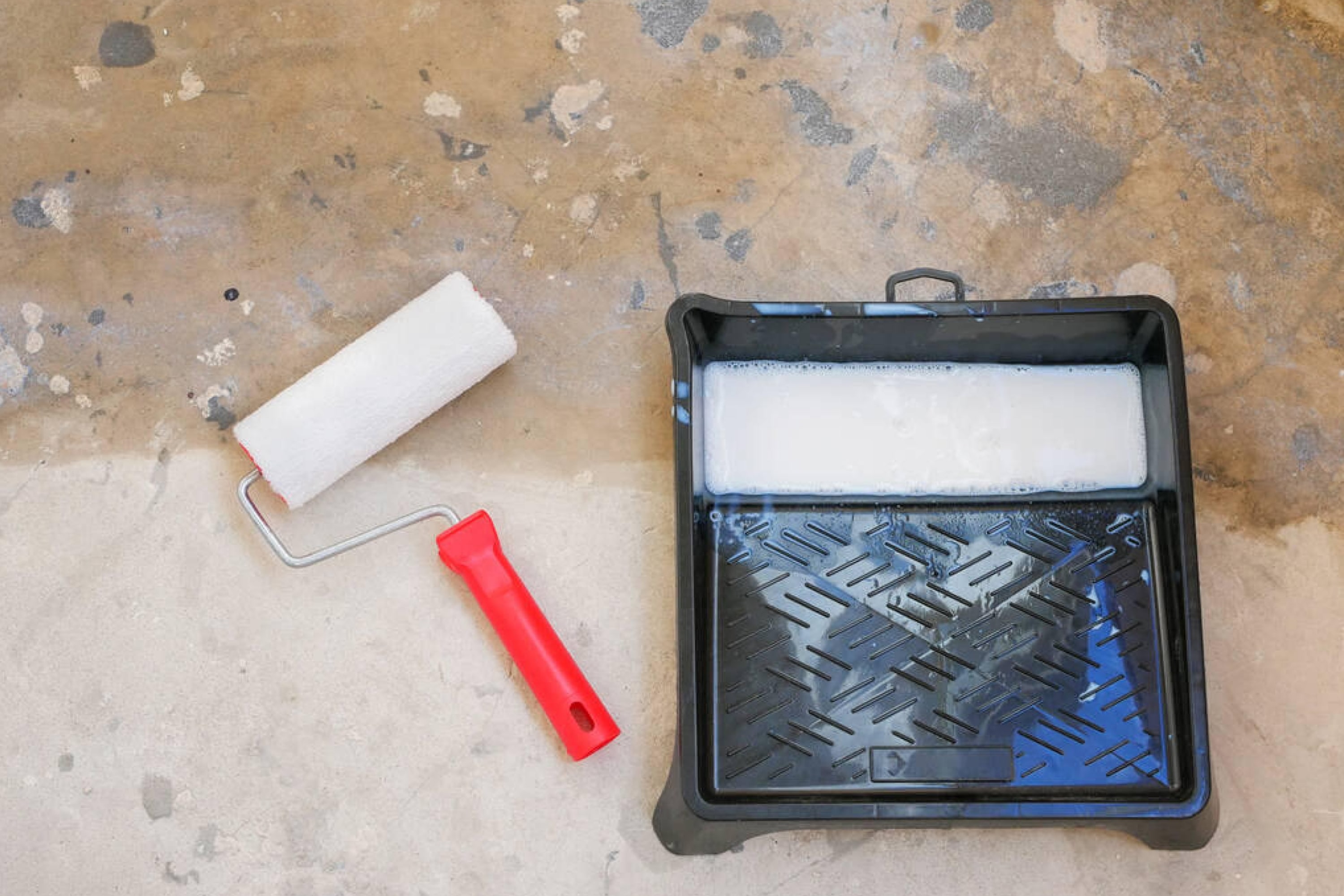
alexdov via VistaCreate
Table of Contents
What Do You Use a Self-Etching Primer For?
As we have already said above, self-etching primer is typically used on two materials: metal and fiberglass. When it comes to metals, this primer can work well on nearly any kind of this material, including steel, aluminum, brass, and more.

Although self-etching primer works best on flat metal surfaces, it can be especially beneficial for projects where it is challenging to sand small nooks and crannies. For example, if you need to paint a fine metal figure or toy, a self-etching primer will be able to get into all the crevices. As a result, paint adhesion will be improved across the entire surface.
Some self-etching primers are also designed to work on hard plastics. Like metal, plastic pieces usually have a slick surface, which is why they are usually rather hard to paint. Since a self-etching primer can rough up the surface effectively, using it leads to better adhesion, making plastic painting projects easier to manage.
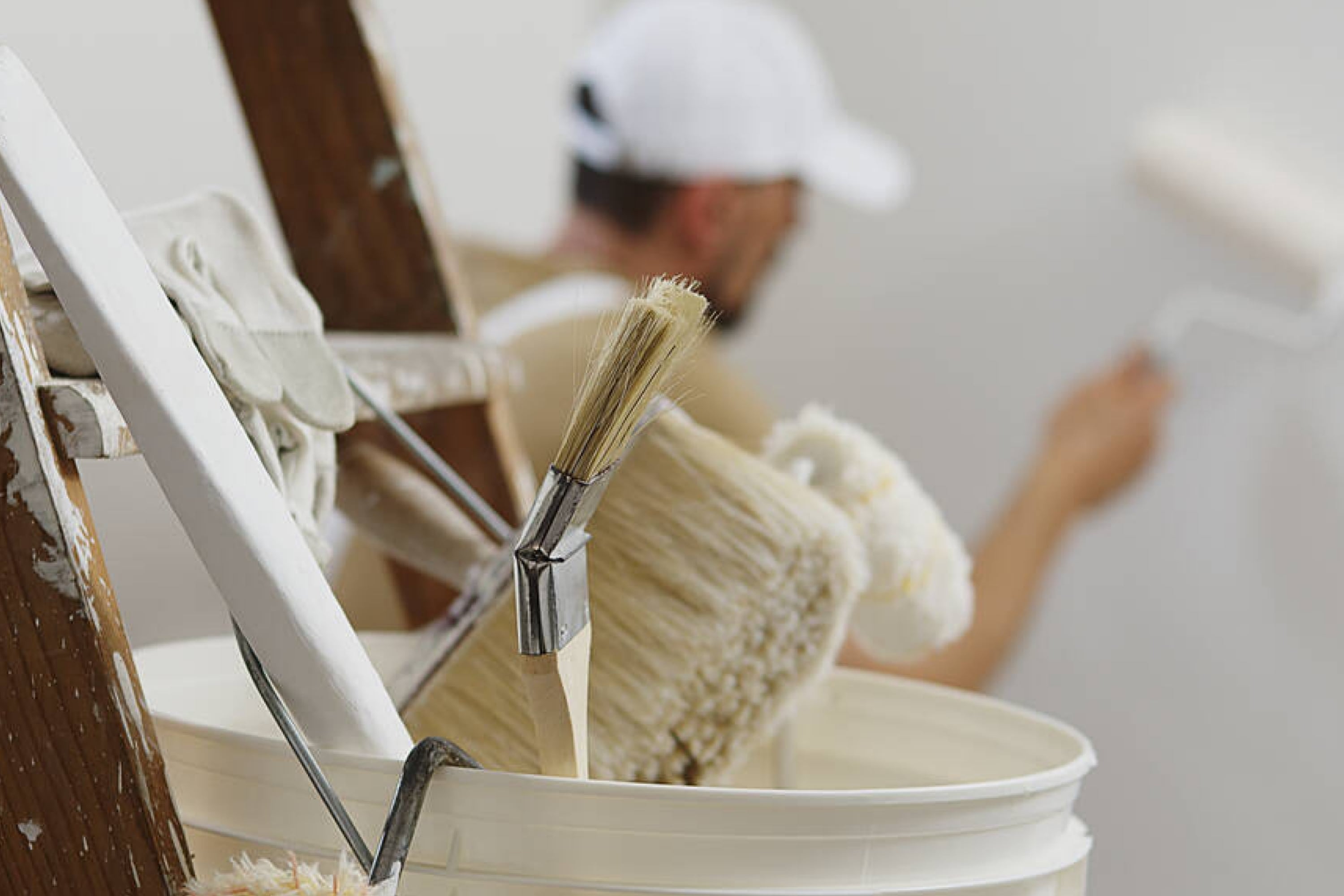
amedeoemaja via VistaCreate
When to Use Self-Etching Primer?
When it comes to self-etching primer uses, people usually stumble because they don’t have a clear idea of where exactly this primer can be used and for what. So let’s figure this out at once.
One of the areas of use for a self-etching primer is painting a bare metal or fiberglass surface. As you already know, this product is specifically designed to make those tricky materials easier to paint by making the surface rougher.
In addition, this primer can offer some protection to the underlying materials. As a result, you will prevent scratches, oxidation, and more.
In some cases, it is also possible to use a self-etching primer on hard plastic. Like metal and fiberglass, hard plastic typically has a smooth and slick surface that makes it not easy to paint. With the help of a self-etching primer, you will easily prepare the surface for paint application.
However, when it comes to hard plastic, you must ensure that the self-etching primer you use is designed to work on this kind of surface! Not all etching primers are compatible with that material, so check the label before proceeding.
Since self-etching primer works on the materials described above, it can be widely used in the automotive industry and body shops. With the help of this product, you can make vehicle exteriors easier to paint without the need for manual sanding. As a result, efficiency will be increased.
However, the area of use for this primer isn’t limited to the automotive industry. For example, you may use a self-etching primer to prepare metal gutters for painting. The same goes for paint projects with metal toys, models, or figurines.
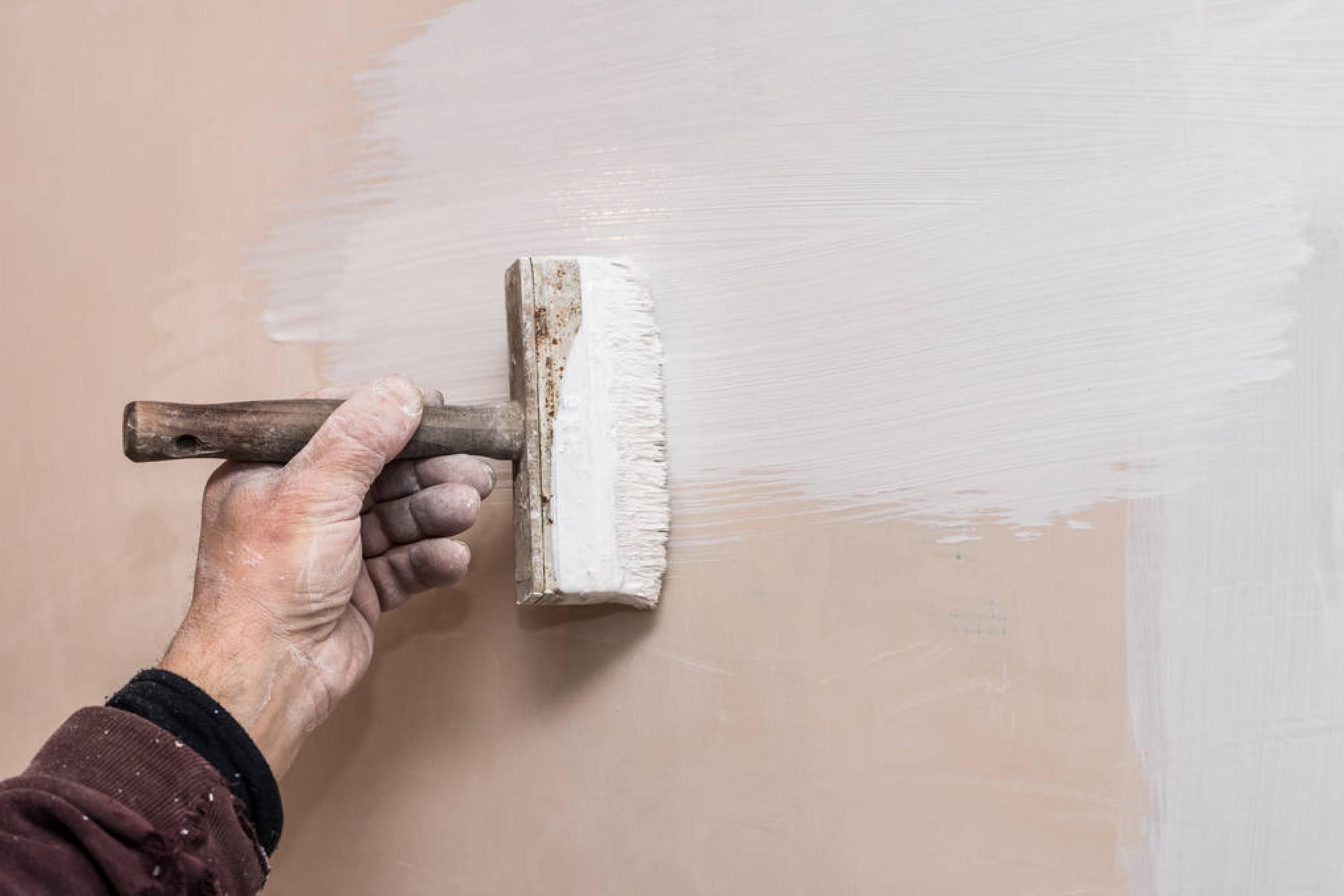
crossdee via VistaCreate
How to Use Self-Etching Primer Correctly?
When it comes to using a self-etching primer, folks often feel uncertain, not knowing whether the process is different from using the regular primer. Speaking of a self-etching primer application procedure, there is no need to worry! It is pretty much like applying a regular primer.
Before you begin, you need to ensure you have a clean and smooth surface. Then, you can start applying the primer. To help you out and make sure you don’t make mistakes, below you can find the best method for using a self-etching primer.
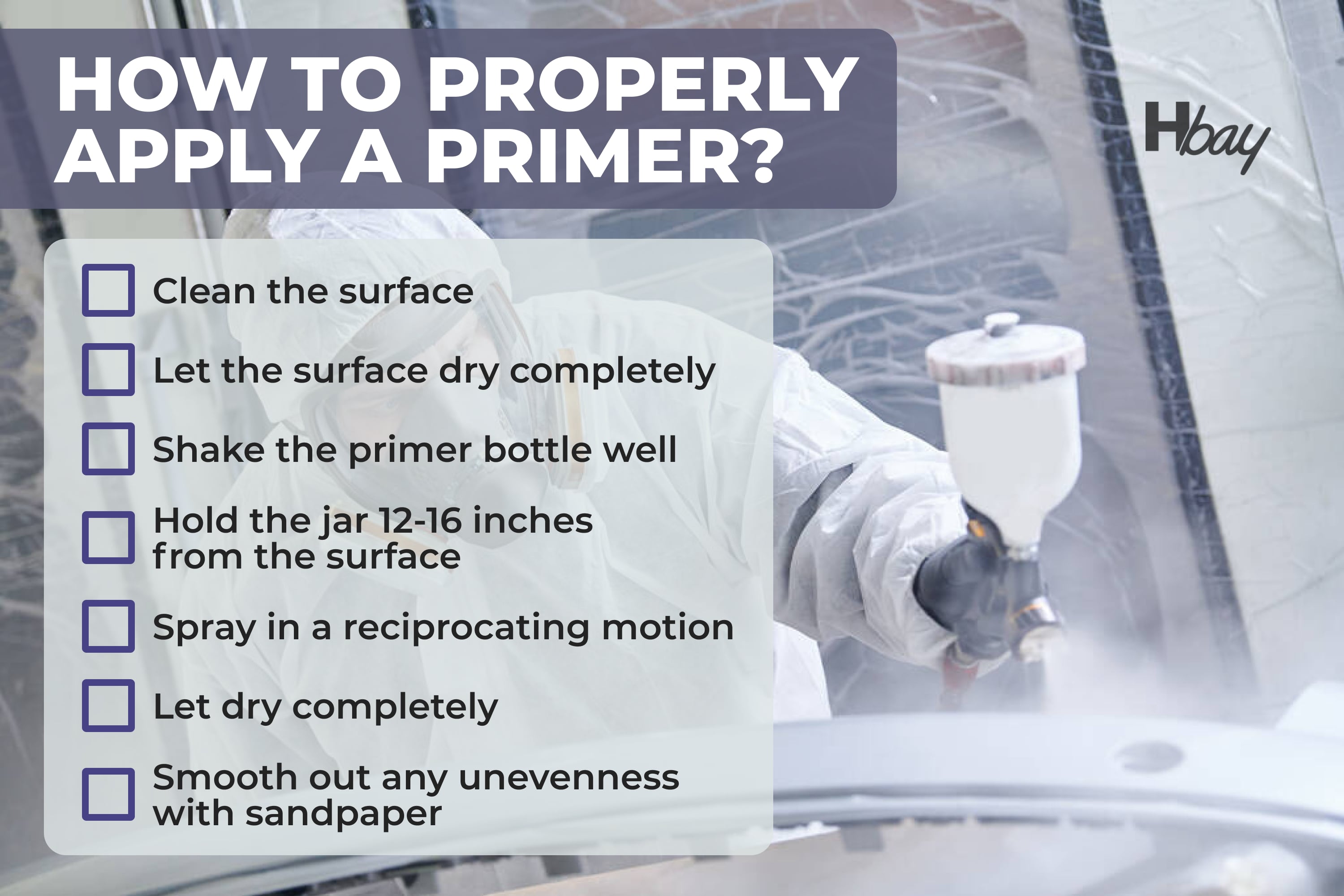
housekeepingbay.com
Before you start applying it, check the surface for any damage, and if it can be easily repaired, do it. For instance, you may find small cracks or scratches. Self-etching primer is handy, of course, but even this product can’t repair cracks in fiberglass or metal! Rust should also be sanded off beforehand. The overall primer application procedure looks like this:
- Clean the surface to ensure it is clean from grease and oils
- Let the surface dry completely
- Shake the can with the primer well
- Keep the can 12-16” from surface
- Spray in a back-and-forth motion
- Let it dry completely
- Smooth any bumps with sandpaper
This is it. Now you have a well-protected and primed surface that will serve you much longer and accept paint much better!
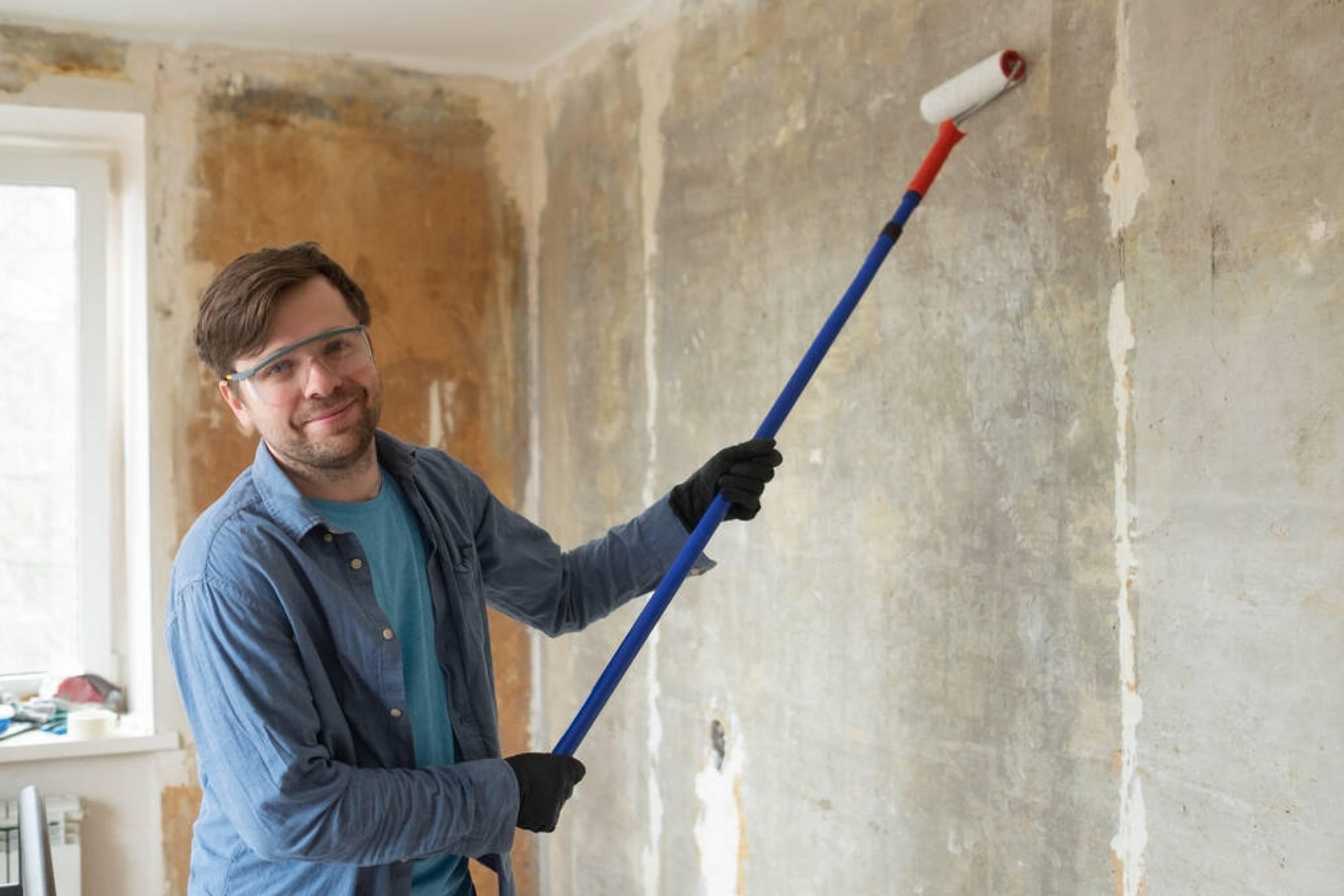
Koldunova_Anna via VistaCreate
Can You Use Self-Etching Primer Over Paint?
This is a common question and the answer is no. Self-etching primer is not designed to work over paint. Of course, technically you can apply self-etching primer over paint, but the acid can harm the underlying layer of paint. If that happens, the paint may begin to crack or chip.
In the case of this scenario, the damage may cause the new primer and paint to split or the underlying paint to separate from the base material. If that occurs, the primer and paint may start to flake off!
This is why it is recommended that you only use self-etching primers on bare metal, fiberglass, or hard plastic (if it’s designed for it). Since self-etching primer is designed to bind to those materials specifically, you will have no issues with them.

Surakub888 via VistaCreate
Can Self-Etching Primer Be Used on Wooden Surfaces?
Technically, you can use self-etching primer on wood. The primer will bond with the wooden surface, creating a base coat. However, it’s actually not necessary to use self-etching primer on wood!
Wood is a porous material, which is why it isn’t as challenging to paint as metal, fiberglass, or rigid plastic. Because of this, the acid etching capabilities of the self-etching primer just aren’t necessary!
Instead, you can get your wooden surface ready for paint application by using a regular primer. If the wood doesn’t have an existing finish, you may not even need sanding! However, if the wood is painted, stained, or has any other finish, some prep work will be required before priming to ensure proper adhesion.
Is It Mandatory to Sand Self-Etching Primer?
Whether you should sand self-etching primer or not typically depends on the exact product. Some self-etching primers provide a work surface without manual scuffing, which means you can use another primer or paint without extra work once the base coat is dry. Others may require light scuffing.
So we recommend you always check out all the instructions that came with the product carefully! They will allow you to determine whether sanding is a must. In some cases, self-etching primer manufacturers will specifically state that sanding is unnecessary.
On the other hand, some self-etching primer manufacturers may recommend sanding the freshly coated surface once the primer dries completely. In this case, sanding should be considered an essential step of the painting process. That way, you can ensure the painting procedure will give you the best result! Finally, if the instructions on the product’s label don’t specifically indicate that sanding is essential or recommended, then you can typically assume that it isn’t necessary.
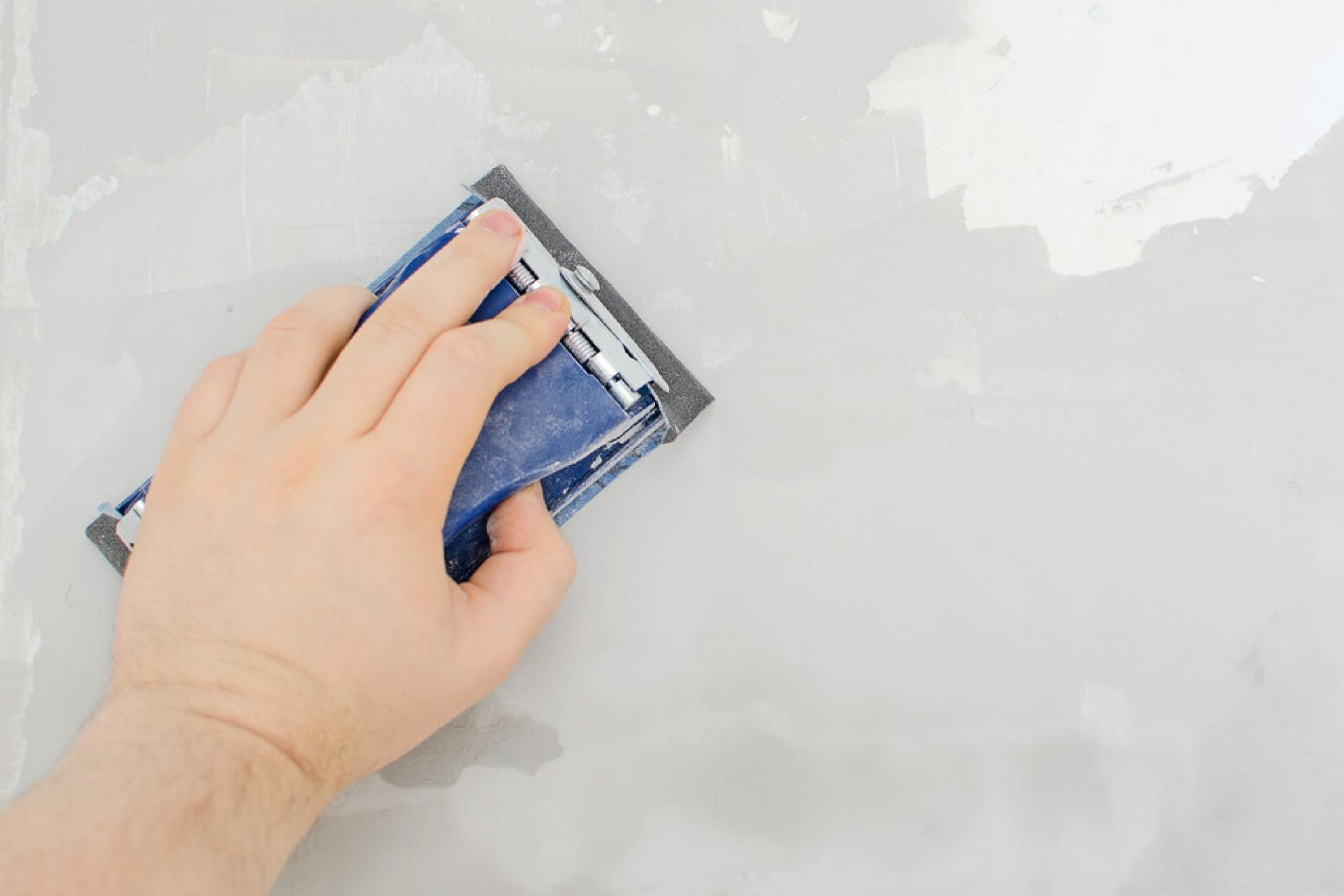
mproduction via VistaCreate
Difference Between Self-Etching Primer And Regular Primer
Many homeowners wonder about the distinctions between an etching primer vs regular primer when they try to figure out which one to use for their project. Are there any differences? This is what we will try to find out.
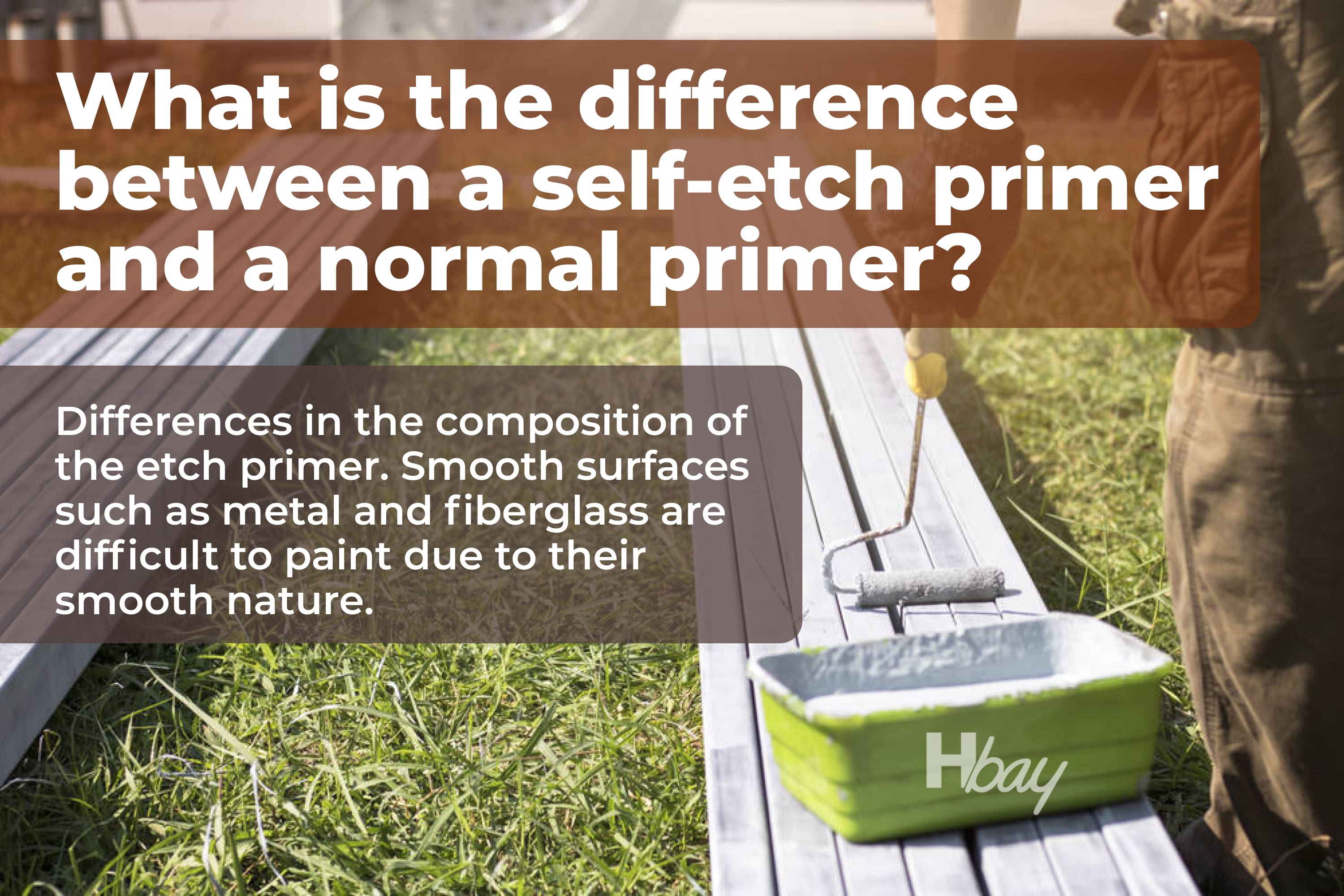
housekeepingbay.com
In fact, there are certain distinctions between these types of primers indeed! The main difference between self-etching primer and regular primer is the acid in the etching primer. Smooth surfaces, such as metal and fiberglass, are hard to paint due to their slick nature.
However, the acid in a self-etching primer makes the slick surface rougher, ensuring better adhesion.

On the other hand, self-etching primer and regular primer also have things in common.
For example, each of them works as a base coat during a painting project. In that regard, they both help the paint stick to the piece. In addition, both self-etching and regular primers can protect the underlying material.
They can limit corrosion or oxidation and prevent scratches and dings.
Now you know more about a self-etching primer and its specifics. You learned what makes this type of primer distinct from regular primers. Also, you learned how this primer works and where it should be used.
In addition, we explained how to apply it correctly to ensure better coverage. With all that in mind, using a self-etching primer will be much easier for you from now on.
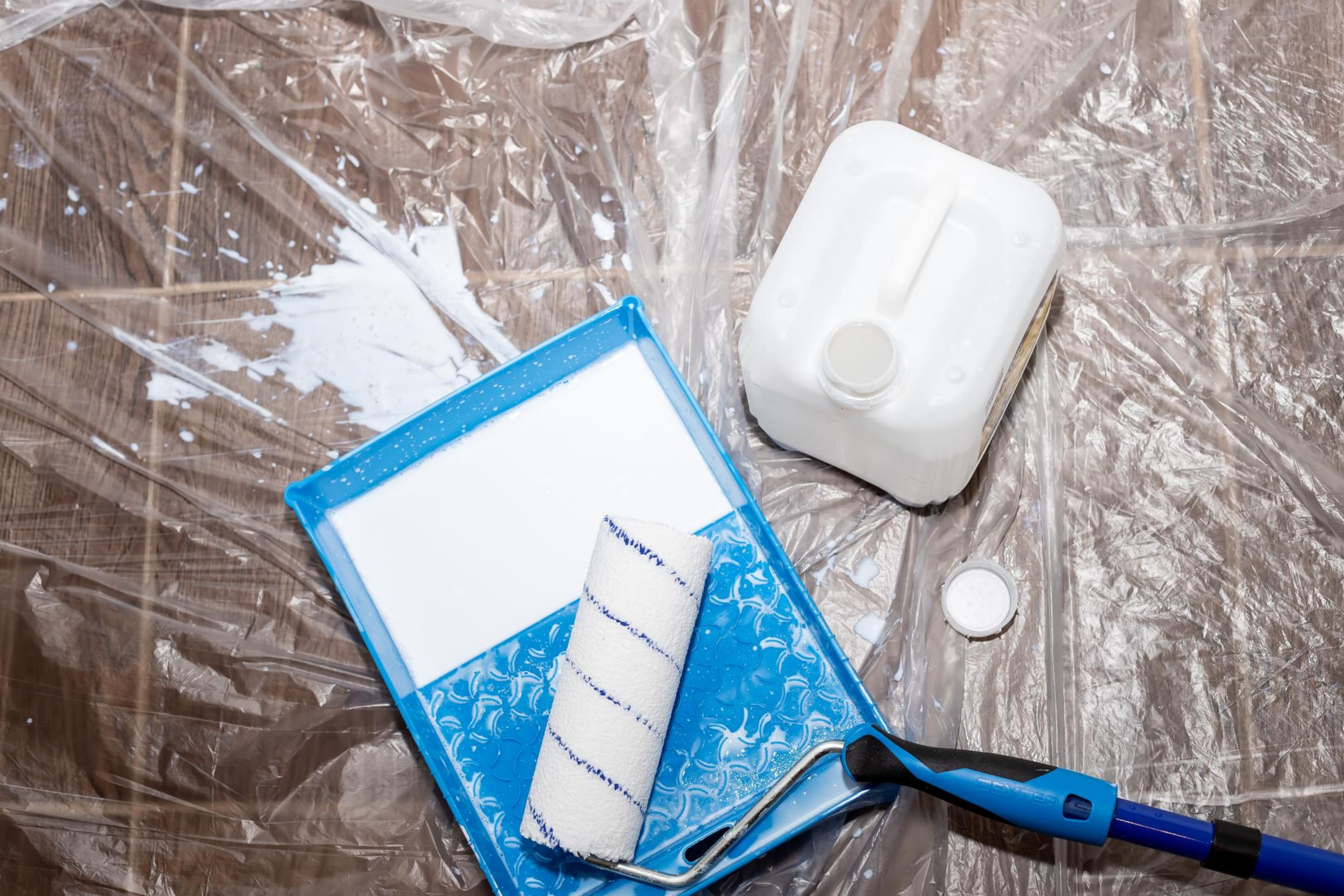
yulia25 via VistaCreate
Ever wished paint sampling was as easy as sticking a sticker? Guess what? Now it is! Discover Samplize's unique Peel & Stick samples. Get started now and say goodbye to the old messy way!
Get paint samples




Frequently Asked Questions
⭐Can you paint directly over self-etching primer?
You can paint directly over self-etching primer. But you’ll need to ensure that the primer is thoroughly dried and cured before applying paint.
⭐Do you have to sand self-etching primer?
Sometimes sanding might be needed, but it’s not mandatory.
⭐Can you use epoxy primer over self-etching primer?
It depends on the brand of epoxy primer. Some brands can work with self-etching primer, while others, though not created for the task, and known to perform well.
4 thoughts on “What Is an Etching Primer?”
Leave a Reply

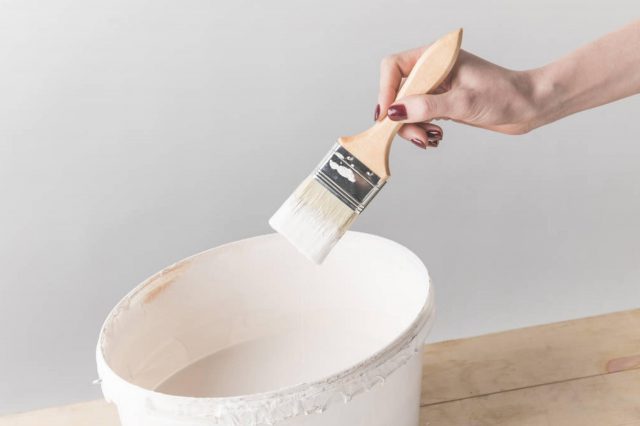
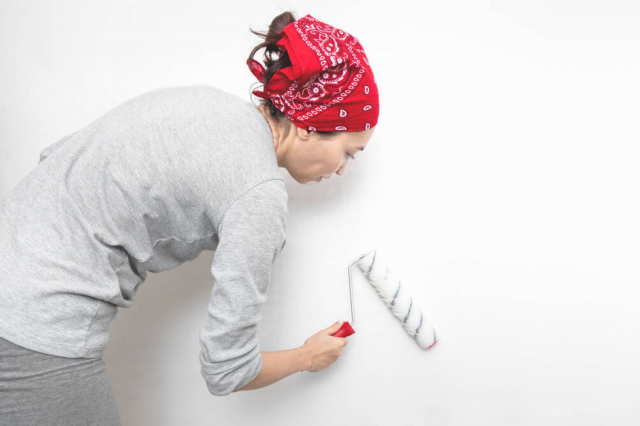
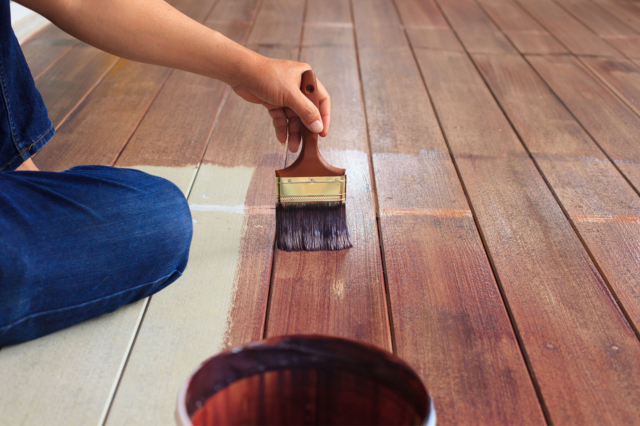
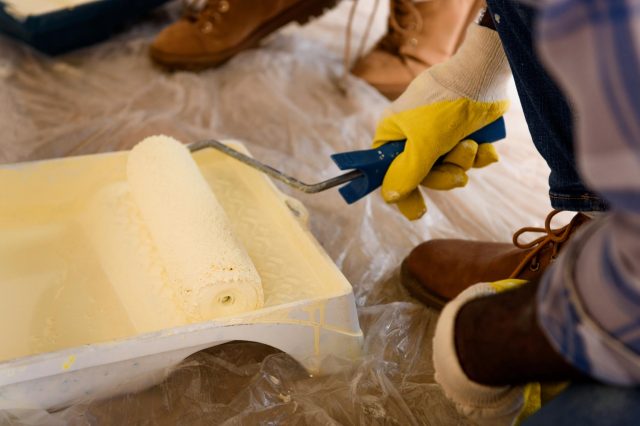



Hello. I have a question regarding the use of primers. Is priming drywall mandatory when you are going to paint a room?
Hello. Yes, it is. Primer can block water, grease, and smoke stains that can show up through your topcoat. For drywall, you should opt for a latex-based product, as well as paint. Oil-based paint should be reserved for wallpaper or stains.
I need to paint masonry walls, but here’s the thing: I don’t know whether priming is necessary. Does anyone know anything about it? Do I need to prime first?
Yes, priming is needed. To be precise, for painting any masonry (i.e. a fireplace or walls), I’d recommend you go with a latex primer and paint. See, latex will work as a filler for the porous texture of the material. With bricks, it’s best to go with several thin layers of paint as well.